It started with a $100,000 donation, ended with $11 million raised for charity, and somewhere along the way, an electric bike brand earned 235M+ impressions and $7M worth of brand awareness.
Ahrefs’ Community Manager, Michelle Lindner, shared Ryan Trahan’s “50 States Challenge” in our #Marketing Slack channel after watching it with her kids. She thought it showed some awesome examples of unconventional marketing—and we agreed. 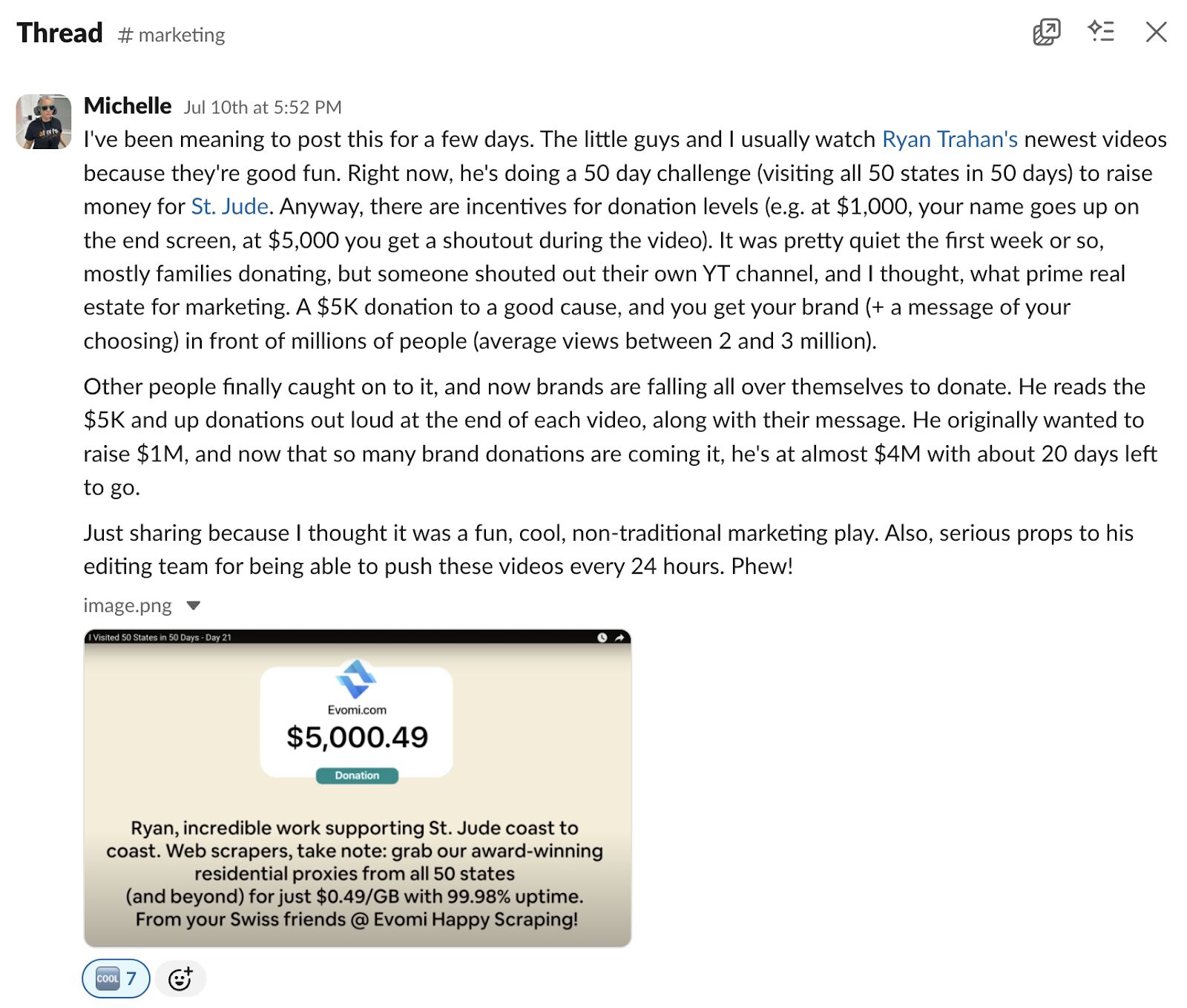
One brand stood out so strongly that it inspired us to make our own donation…
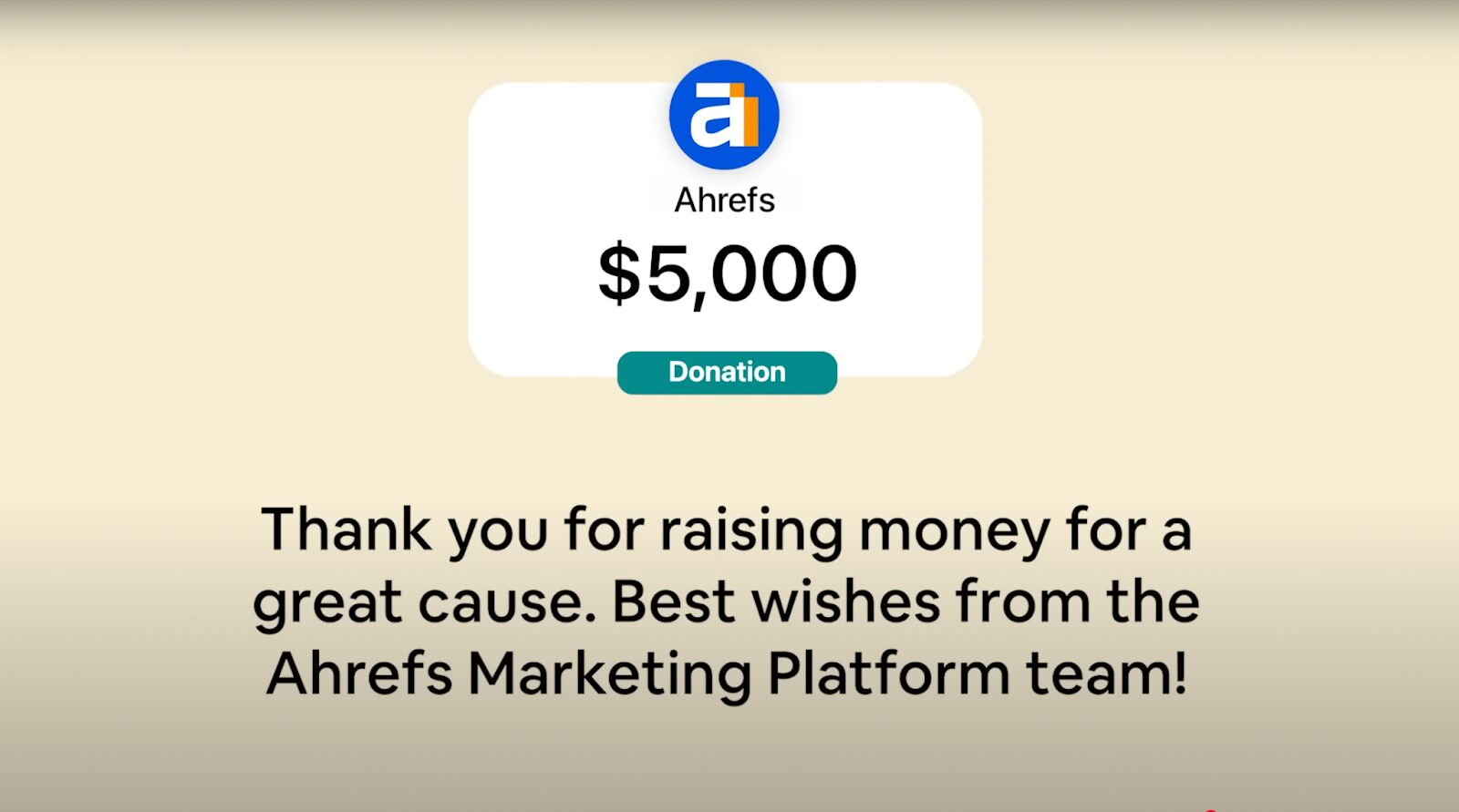
…and prompted Ahrefs’ VP of Marketing, Sam Oh, to create a YouTube teardown of their strategy.
Here’s what happened, how the campaign worked, and why it matters.

The series became a viral sensation, pulling in millions of views daily. Along the way, brands became part of the story—and one in particular.
Enter Lectric e-bikes.
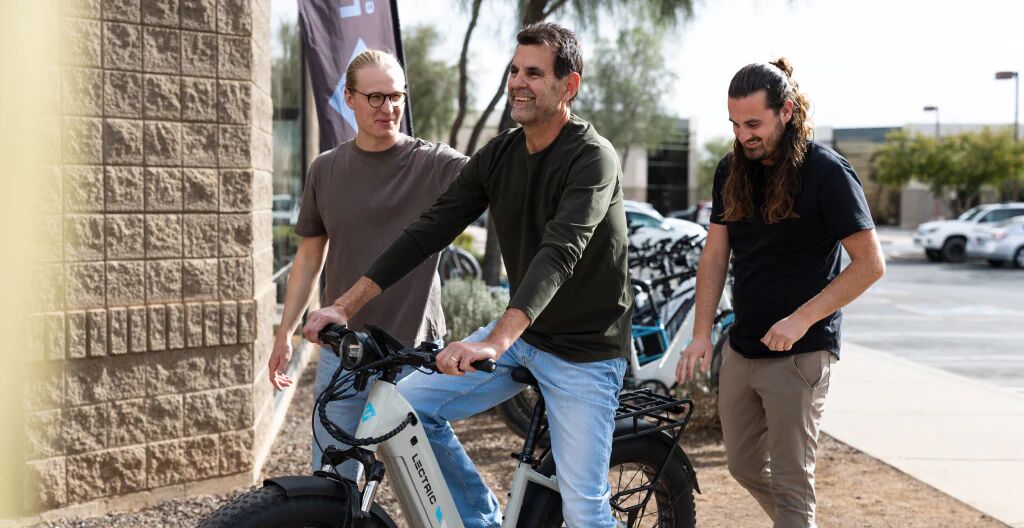
Lectric’s involvement looked nothing like traditional sponsorship, felt nothing like an ad, yet generated results that most CMOs could only dream of.
By naturally integrating their brand into the challenge, they pulled off one of the most quietly brilliant brand moves of the year.
Here are four lessons learned from their unconventional campaign…
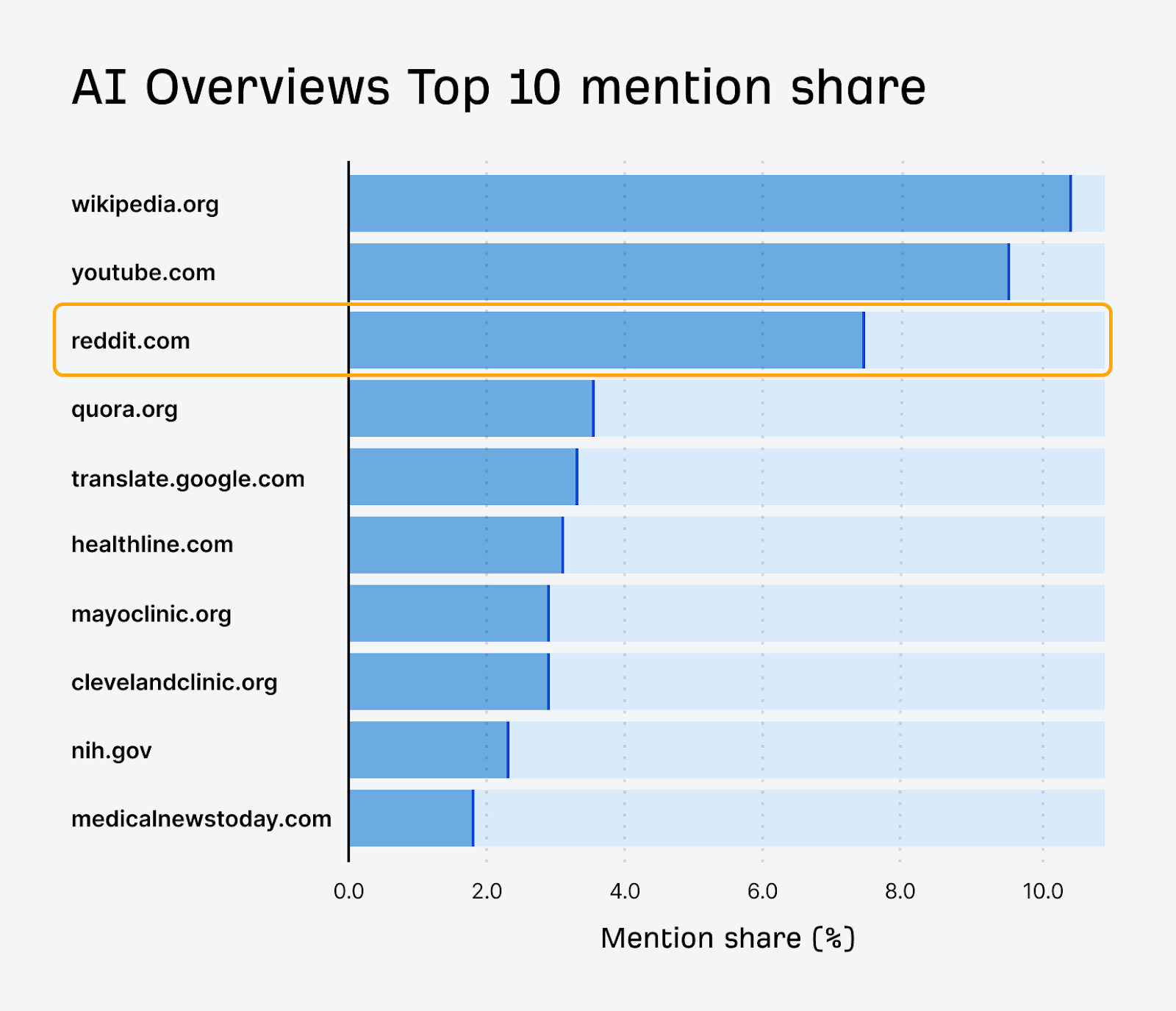
When fans celebrated Lectric in forums and threads, it didn’t just influence people—it influenced AI.
Now, when someone goes to AI assistants to research Lectric products, they’re going to come across specs, official reviews, and positive digital word of mouth.

With each user post, discussion, and reaction, AI systems better understand that Lectric is a brand people genuinely trust.
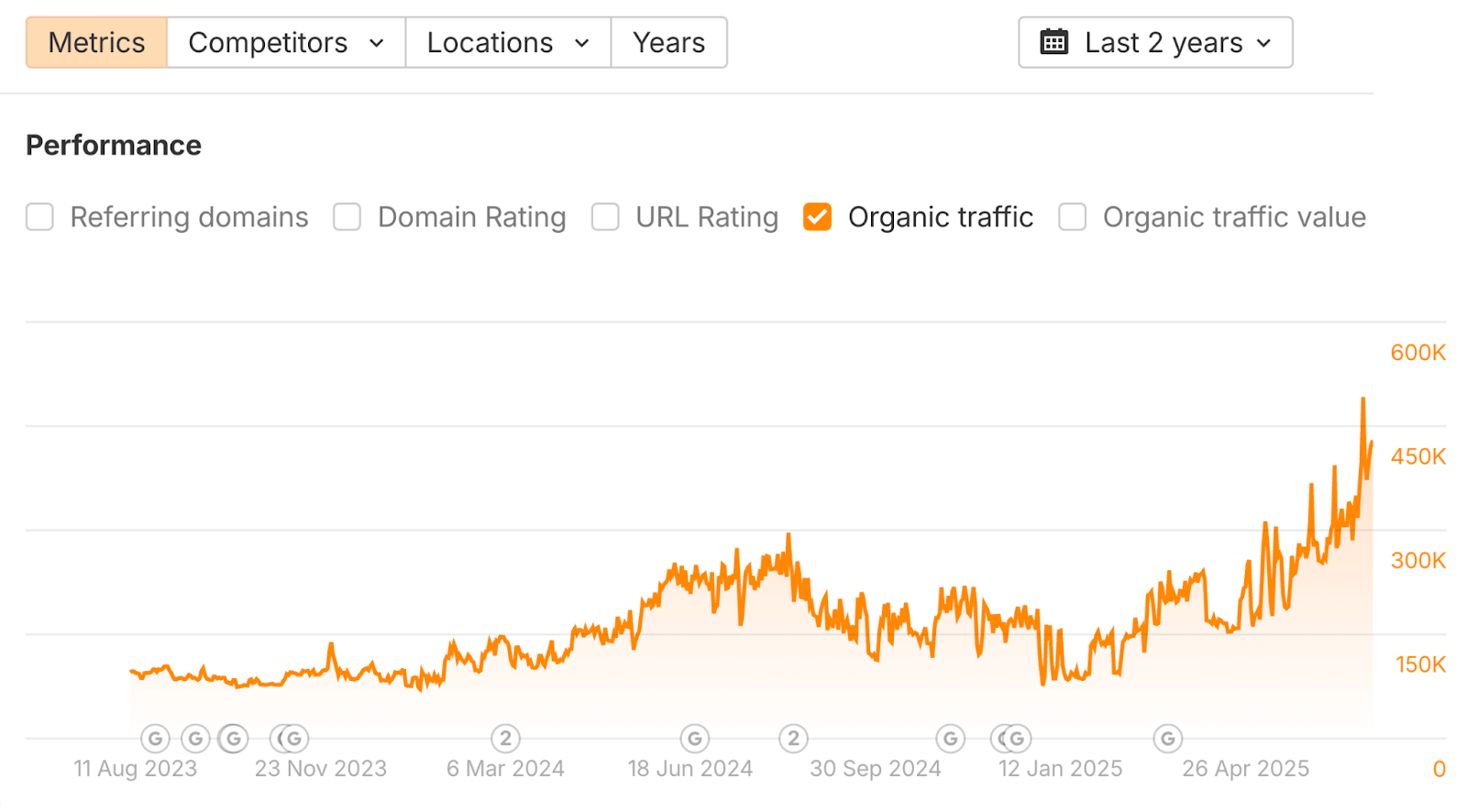
At first, Lectric was barely mentioned in AI assistants like ChatGPT, and impressions were modest: hitting just 4,000 across May.
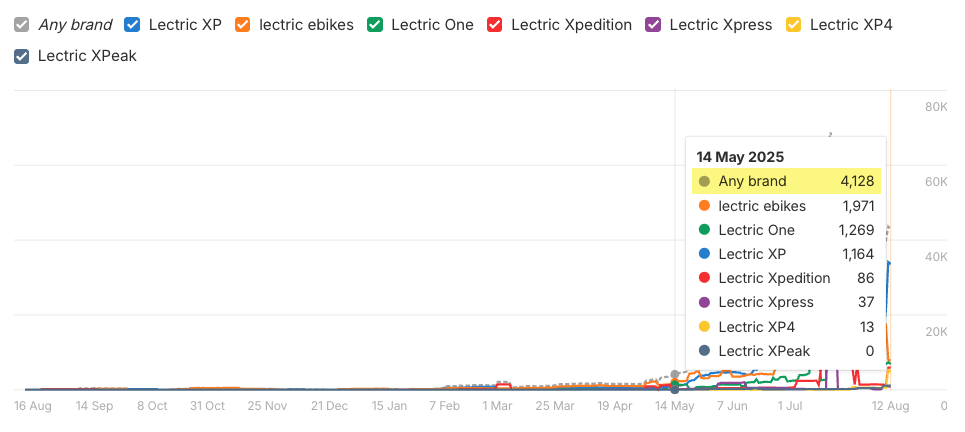
But by July, Ahrefs’ Brand Radar showed that figure had shot up to 700,000.
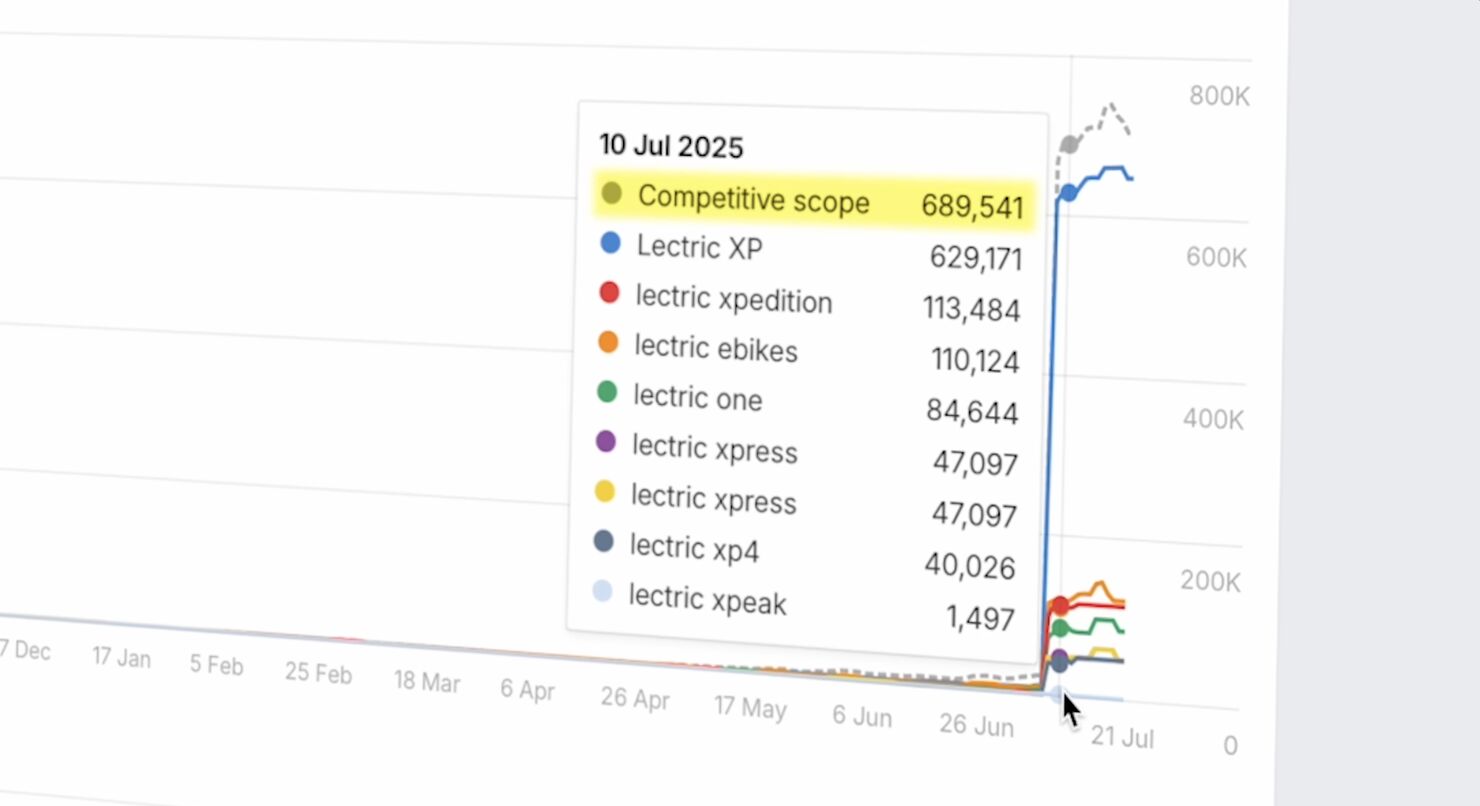
This happened not because they targeted select keywords or optimized a landing page, but because the story caught fire and the internet ran with it.
Similar Posts

What Is Domain Renewal?
Renewing your website’s lease on the Internet for another year. Your domain is your castle. It’s the name of your website, and it may be responsible for most of your sales. Domain renewal should be one of the most important tasks on your to-do list, and letting it lapse can cause so much damage. Knowing…
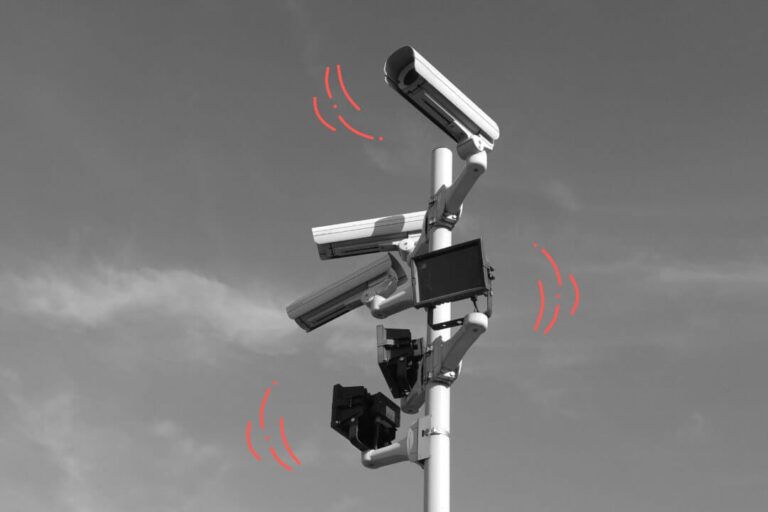
What is Domain Privacy Protection & Do I Need It? A Guide to Protecting Information
In this article, we explore what domain privacy protection is and why it matters. You’re busy securing your domain. It’s the name you’ve always wanted, so you’re super excited. Then, you notice the option to add domain privacy protection. Wait… say what, now? Domain privacy protection? Well, domain privacy protection is just what it says…
Meet the New Drupalize.Me AI Assistant
An experimental new way to explore our Drupal tutorials – powered by AI, guided by humans. We’ve been experimenting with different ways to use AI to make Drupalize.Me even more helpful for our members, and we’re excited about this first update: a new AI-powered chatbot that can search and summarize tutorials from our library. We’re…
What’s New in the Drupal CMS User Guide: June 2025 Update
Since the launch of the Drupal CMS earlier this year, we’ve been hard at work documenting everything you need to build and maintain a site using this new, streamlined Drupal experience. Our goal is to make the Drupal CMS User Guide a go-to reference for site builders of all experience levels — especially those coming…
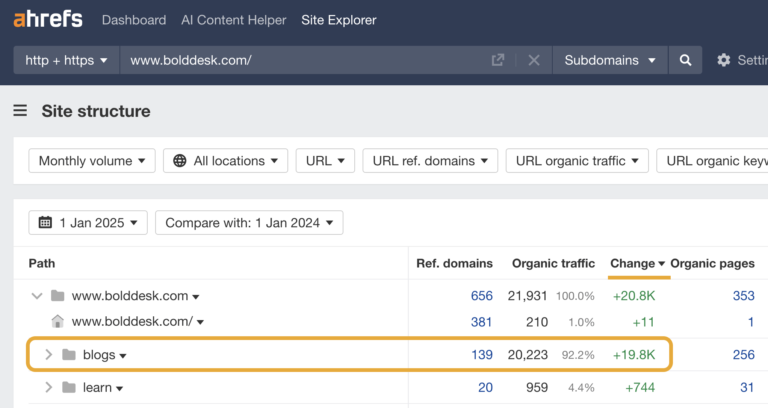
The 50 Fastest-Growing Companies (January 2025)
We’ve analyzed 2,500 startups to identify the fastest-growing companies in search over the last year. 2024 was an especially challenging year for startups. Investors exerted extra caution in the face of inflation and rising interest rates, leading to a 26% decline in funding compared to 2023. But it wasn’t all doom and gloom. Sectors like AI and…
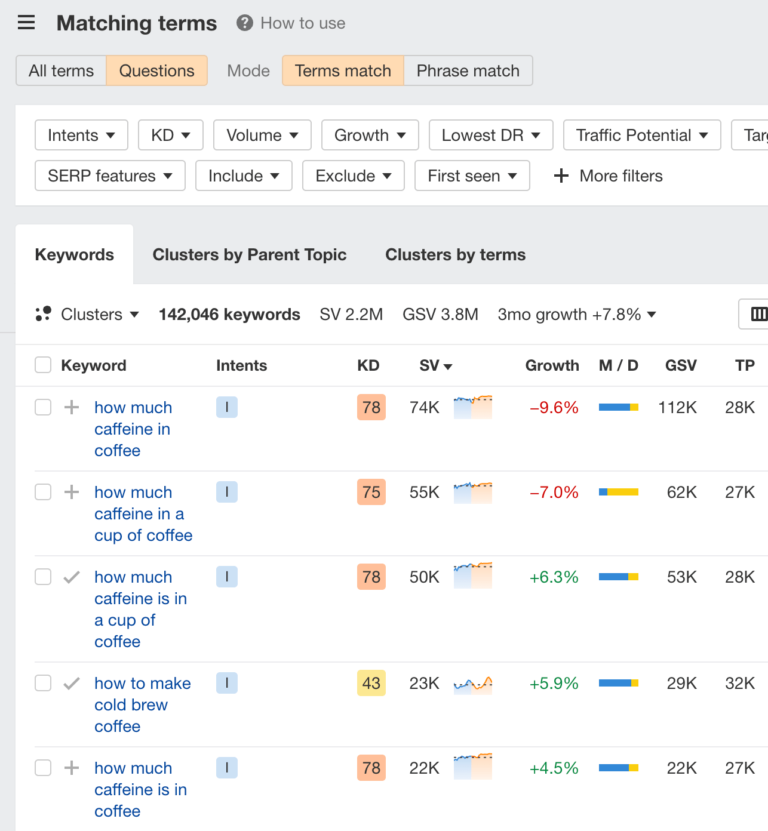
100 Most Asked Questions on Google in 2025
These are the 100 most asked questions on Google, along with their monthly search volumes. Keywords Explorer Enter a relevant keyword Go to the Matching terms report Toggle the Questions tab For example, if you search for “coffee”, you can see 142,000 questions which you could potentially create content for. Want to do keyword research for your site?…
